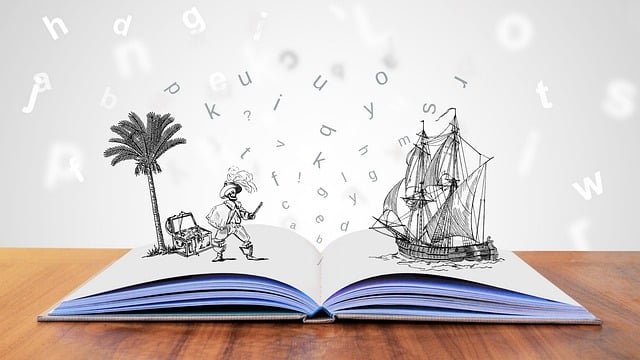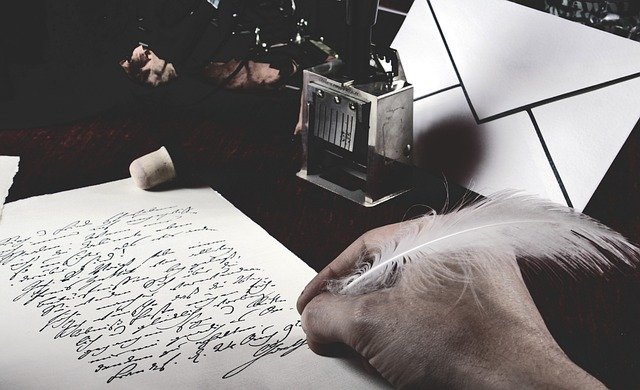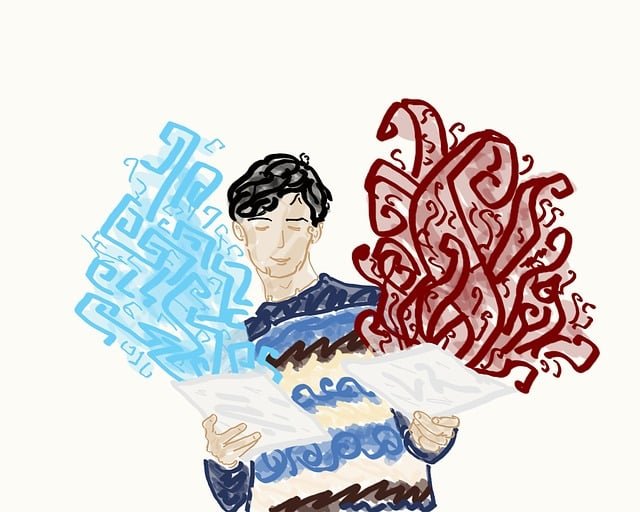The Art of Understanding Poems
Poets write a poem in a way that packs them with a lot of hidden meaning, and indirect comparisons. By reading a poem just once or twice, you might never be able to understand a poem in its complete sense. Analyzing a poem requires a thorough dissection of every line.
In this guide, I have explained a simple yet effective process to decode the meaning of every poem. Here are the steps:
- Read the poem aloud
Poets engage with wordplay and use a lot of rhymes and rhythms when they compose a poem. So if you read aloud the poem several times, will you be able to pick out the puns and spot the metaphors that affect the song’s meaning.
- Try to unpack the meaning behind the song
Poems have a narrative that the writer uses to make his readers feel or describe objects. Look for any pronouns and proper nouns to decode the characters in the poem. Also, search for symbolism and any recurring patterns or images in the poem.
- Pay attention to the rhythm of the poem
What makes a poem more difficult to understand than stories is that poems have a certain rhythm, which can be tough to crack. There are soft (unstressed), and hard (stressed) rhythms. Do an exercise where you break down the poem’s rhythm and identify all the syllables.
- Look for enjambment
Usually lines in a poem end with punctuation marks like a comma, semicolon or period. Enjambed poems are where one line spills over to the next without any break. Whenever the poet introduces tension between the lines with a pause or fragmentation, it is to draw the reader’s attention to any person or object. When you look for these enjambments, it will help you understand the meaning behind the lines more clearly.
- Identify the technique used in the poem
Techniques are the poetic tools a poet uses to convey a deeper meaning. Some of these tools are metaphors, similes, motifs, repetition, rhyme, slant rhyme, etc. You have to spot all these literary tools throughout the poem to gain a better understanding.
Let us understand each of these poetic devices in brief:
- Simile: It is a figure of speech that draws a comparison between two unlike things. For instance, fierce like a tiger, cheeks like roses, etc.
- Metaphor: It is similar to a simile, but the only difference is that the comparison drawn here is much stronger. The word “like” is not used here. Instead, the thing to which it is compared to directly replaces the actual name. For instance, she is a tiger when she’s angry.
- Motifs: They are a series of colours, symbols or emotions that a poet uses to signify deeper meaning. For instance, if a poet uses motifs like tombs, graves and headstones throughout the poem, there is an underlying theme of death in the poem.
- Rhyme and slant rhyme: Rhymes can occur in the middle or at the end of a line, or sometimes even within a word, known as “internal rhyme.”
- Repetition: Poets repeat certain words to emphasize significant emotions or ideas within the poem.
- Understand the poetic form
There are several poetic forms like haiku, Ballad, sonnets, etc. Some of these forms may have an implicit meaning. For instance, haikus are philosophical, sonnets usually have a theme of love, and ballads focus on adventure. If you can identify the poetic form, it gives you a better understanding of the poem.
Most people find it difficult to crack the underlying meaning of poems. However, once you use the correct process and practice decoding poems regularly, it becomes easier.
Featured Image credits: Tumisu from Pixabay











